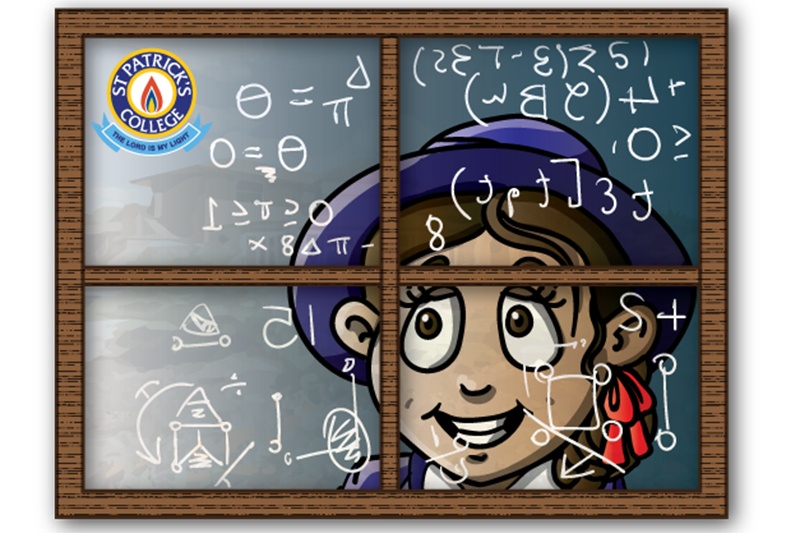Maths Matters
There are a number of dates throughout this year that follow a pattern.

Image courtesy of Joshua Combes - eLearning Coordinator
Last week on the first of February, the date could be written as 1/2/21 which is 1221 both forwards and backwards - a palindrome. Even better at 12:21, the time and date could be read as 12211221! And if you want to include the seconds then there were many more opportunities for palindromes: 12:21:00 1/2/21, 12:21:11 1/2/21, 12:21:22 1/2/21, etc
Coming up next week is the next palindromic date of 12/02/2021 or 12/2/21. In fact, the 12th of many of the month this year can be written as palindromes in the dd/m/yy format. Unfortunately, 12/10/21 and 12/12/21 do not fit this pattern.
Whilst thinking about the numerical palindromes in our dates, it is worthwhile thinking about some literary palindromes.
Student names: Hannah, Anna, and Eve.
Words: racecar, madam, mum, dad, level, and tenet.
Phrases: never odd or even, borrow or rob, a nut for a jar of tuna
Songs: Bob by Weird Al Yankovic
Poems: Doppelganger by James A. Lindon
In Science, palindromes are important in restriction enzymes, which cut DNA molecules at palindromic sequences. Palindromes also appear in the peptide sequences that make up proteins. Geographically there are a number of place names that are palindromes. Some Australian locations include Tumut NSW, Civic ACT and Glenelg SA.
Some more patterns in our dates will happen on 4/3/21 – a decreasing sequence of numbers. 8/4/21 is another decreasing sequence where the digits are being halved.
Two multiplication related dates will be 3/7/21 and 7/3/21 since 7 x 3 =21 and 3 x 7 = 21. This is called the commutativity property of multiplication – the factors can change order, travel or commute within the multiplication sentence. The commutative property also applies to addition, but not subtraction or division. Some dates to which the commutative law of addition applies would be 11/10/21 and 10/11/21 since 10 + 11 = 21 and 11 + 10 = 21.
Michelle Parker - Mathematics Teacher